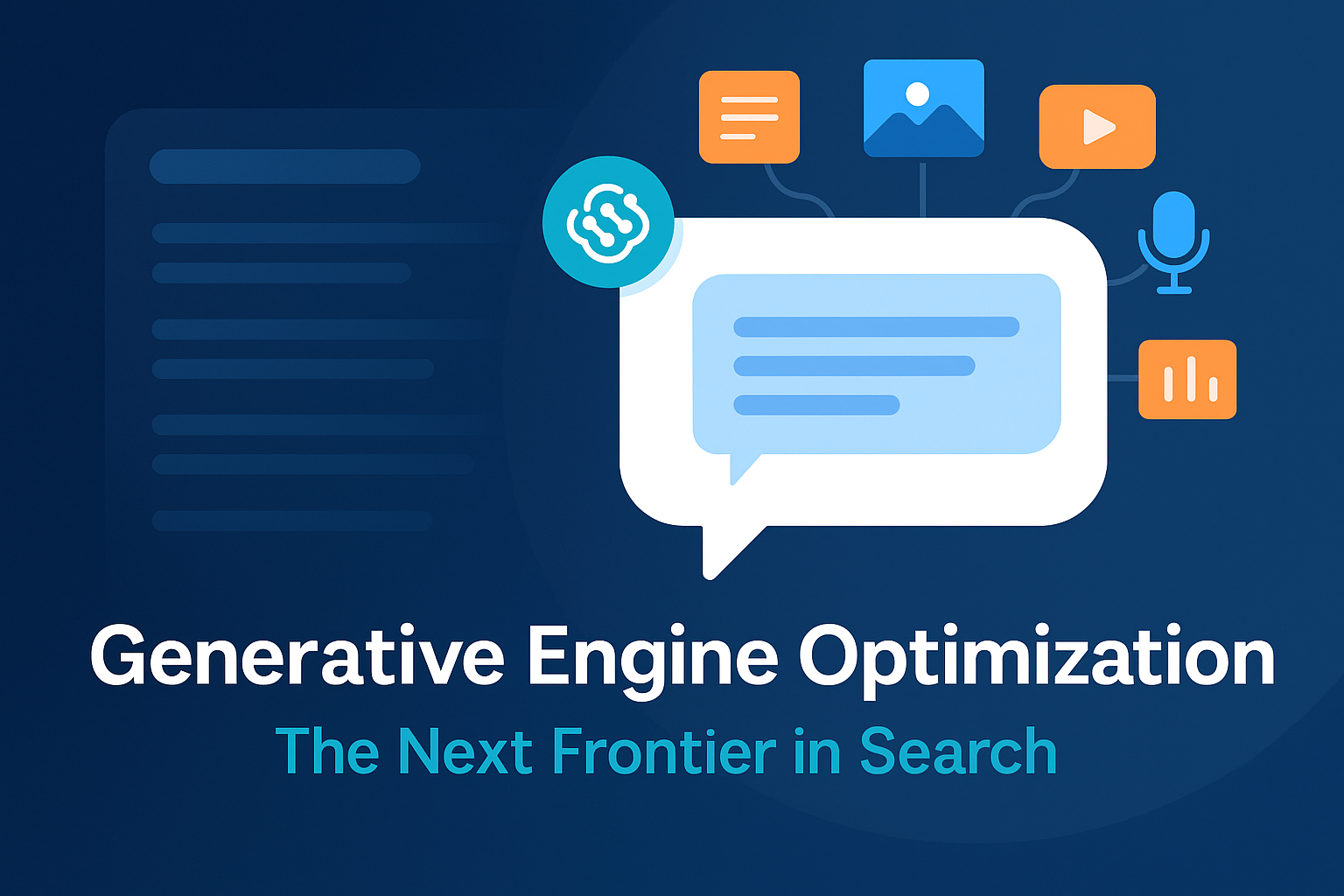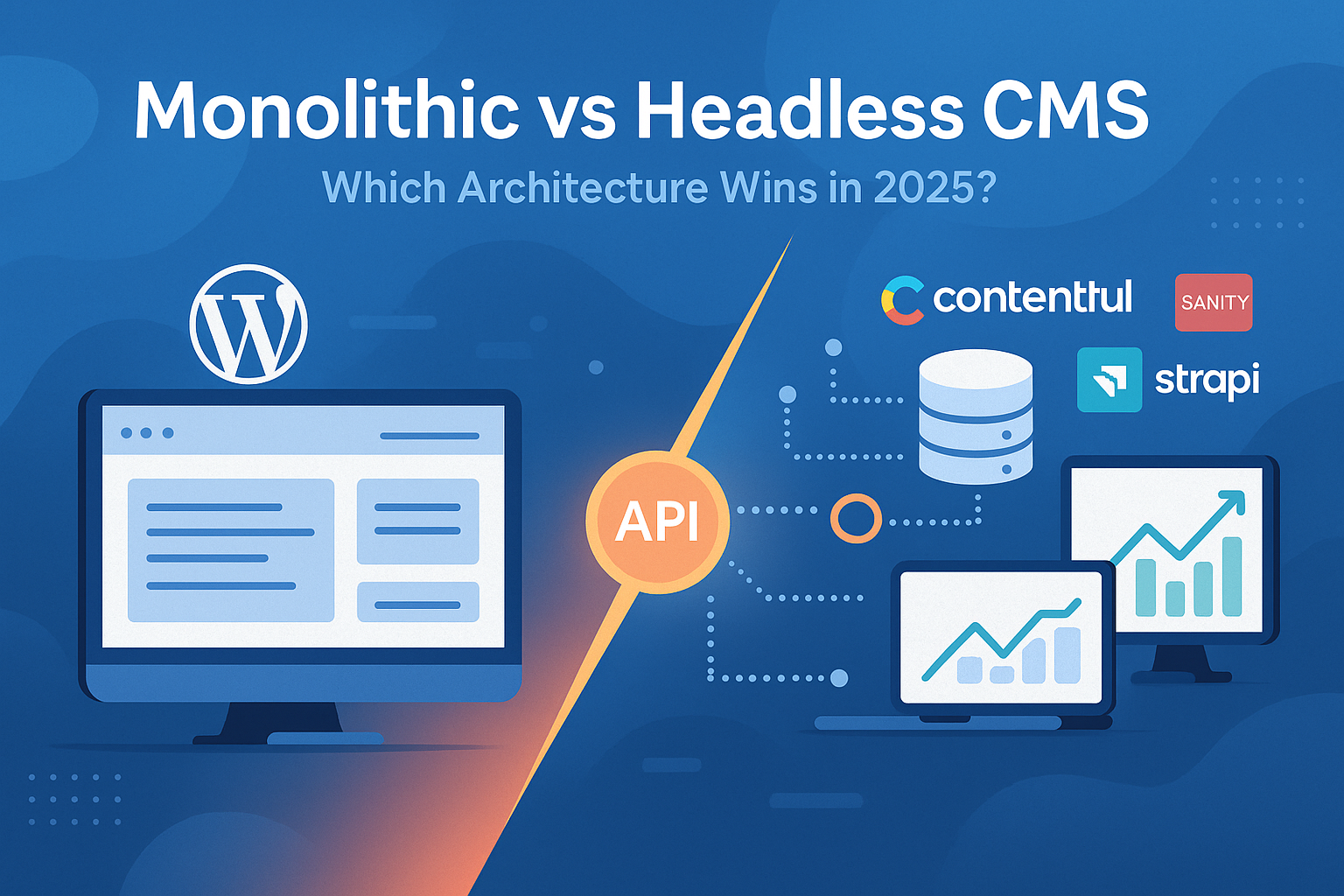Over the course of this series, we've journeyed beyond the traditional search bar. We've explored how SEO has evolved from a simple game of keywords into a complex discipline of user experience. We've seen how search itself is fracturing into a multimodal landscape of voice, visual, and AI-generated answers. The days of optimizing for a single algorithm are over. The future belongs to those who optimize for the total user experience, no matter how they search. Now, it's time to put it all together.
The modern digital landscape is complex. Juggling the demands of E-E-A-T, Core Web Vitals, voice queries, image optimization, and the rise of Generative Engine Optimization (GEO) can feel overwhelming. Without a unified plan, your efforts can become scattered, inefficient, and ultimately, ineffective. You might have a great blog, but if your images aren't optimized for visual search, you're leaving traffic on the table. You might have a fast website, but if your content isn't structured to be a source for AI-driven answer engines, you risk becoming invisible in the new world of conversational search.
This article provides that unified plan. This is the master checklist you've been waiting for. We've synthesized every key takeaway from this series into a single, actionable framework. This is not just another list of SEO tips; it is a strategic guide to building a resilient, future-proof SEO strategy for 2026 and beyond. This is how you win the future of search.
Your Master Checklist for Holistic Search Dominance
This checklist is organized into four essential pillars. Each pillar represents a critical component of a modern, holistic SEO strategy. These are not independent silos; they are interconnected and mutually reinforcing. A great user experience supports your E-E-A-T signals. Multimodal content is essential for GEO. This is a unified strategy, and every piece matters.
Pillar 1: Foundational Trust & Authority (E-E-A-T)
This is the bedrock of all modern SEO. Without it, nothing else matters. E-E-A-T (Experience, Expertise, Authoritativeness, and Trustworthiness) is Google's framework for identifying high-quality, reliable content. It is your license to compete in the search results.
First, you must demonstrate first-hand experience. In an internet flooded with generic, AI-generated content, real-world experience is a powerful differentiator. Your content must show that you've actually used the product, visited the place, or experienced the service you're writing about. This means incorporating original photos and videos, unique insights that can only come from personal use, and a narrative that demonstrates a genuine connection to the topic. If you are reviewing a product, show it in your hands. If you are recommending a restaurant, include a picture of the meal you ate. This is about proving you've done the work, not just summarized what others have said.
Next, you must showcase expertise. Your articles should be written by qualified experts with a proven track record in their field. This is especially critical for "Your Money or Your Life" (YMYL) topics like finance and health. Create detailed author bios that list credentials, education, and relevant experience. Link to their professional social media profiles or other publications where they are recognized as an expert. This tells Google that your content is coming from a knowledgeable and credible source, which is a powerful signal of quality.
You also need to build authoritativeness. This is where traditional link-building evolves into a more sophisticated form of digital PR. Authoritativeness is built when other reputable sources in your industry cite you, reference your work, and link to your content. This can be achieved by publishing original research, conducting data-driven studies, and creating opinion pieces that contribute a unique perspective to the conversation in your industry. When other authorities look to you as a source, Google takes notice.
Finally, you must establish trustworthiness. This is the foundation upon which all else is built. Make it easy for users to trust your website. Ensure that your contact information, physical address, and customer service policies are easy to find. Have a clear and comprehensive privacy policy. And, of course, secure your entire site with HTTPS. For e-commerce sites, this also means having clear return policies and a secure checkout process. Every element of your site should communicate to the user that you are a legitimate and trustworthy operation.
Pillar 2: Superior User Experience (UX)
Google's primary goal is to satisfy the user. Therefore, your goal must be to create a seamless, engaging, and technically flawless on-page experience. A great user experience is a powerful signal that tells Google your site is a high-quality destination.
At the heart of this are the Core Web Vitals. Your LCP (Largest Contentful Paint) should be under 2.5 seconds, meaning your main content loads quickly. A slow-loading page is a frustrating experience, and Google knows it. Your INP (Interaction to Next Paint) should be under 200 milliseconds, ensuring your page is responsive to user clicks and interactions. A laggy page feels broken, and it will hurt your rankings. And your CLS (Cumulative Layout Shift) should be less than 0.1, indicating your page is visually stable as it loads. Beyond these core metrics, you must ensure a mobile-first design. The majority of searches now happen on mobile devices, and your website must be flawless on a smartphone. This isn't just about it being "responsive"; it's about designing the entire experience with the mobile user in mind. Finally, you must simplify your site navigation. A user should be able to find what they are looking for on your site in three clicks or less. A clear, logical, and intuitive site architecture is essential for a good user experience and for helping search engines understand the structure of your site.
Pillar 3: Multimodal Content Optimization
Search is no longer just about text. Users are searching with their voices and their cameras, and you must optimize your content for these new modalities to remain visible.
For voice search optimization, you need to target conversational keywords. This means optimizing your content for full-question queries, such as "How do I optimize my images for visual search?" You also need to structure your content for featured snippets by using clear headings, bullet points, and numbered lists to provide direct, concise answers to common questions. For brick-and-mortar businesses, you must prioritize local SEO by ensuring your Google Business Profile is complete and accurate to capture "near me" voice searches.
For visual search optimization, you must use descriptive filenames like modern-seo-checklist.jpg instead of IMG_1234.jpg. You also need to write detailed alt text that describes the image for both accessibility and to provide context for search engines. It's also critical to implement image schema to give Google explicit context about your images, and to use high-quality, compressed images in modern formats like WebP to ensure they don't slow down your page load times.
Pillar 4: Generative Engine Optimization (GEO)
The final frontier. This is how you ensure that your content becomes a trusted source for the AI-driven answer engines that are reshaping the search landscape. The goal is not just to be on a list, but to be the answer.
First, you must structure your content for synthesizability. This means breaking down your content into clear, logical chunks that an AI can easily parse, understand, and summarize. Use short paragraphs, clear headings, and a logical flow to make your content easy for machines to process. You must also answer questions directly, framing your content to explicitly answer the questions your audience is asking. Think of your content not as a story, but as a repository of answers. It's also essential to integrate multimodal content by embedding relevant, well-optimized images and videos directly within your text. This creates a comprehensive resource that is more likely to be used as a source for a rich, multimodal AI-generated answer. Finally, you must maintain a unique perspective. In a world where AI can summarize any topic, your unique perspective, original research, and strong brand voice become your ultimate differentiators. Case studies, proprietary data, and expert opinions are more valuable than ever.
The Future of Search is a Unified Experience
The four pillars of this modern SEO checklist—E-E-A-T, User Experience, Multimodal Content, and Generative Engine Optimization—are not separate strategies. They are a single, unified framework for achieving holistic search dominance. A great user experience enhances your E-E-A-T signals. Multimodal content is essential for a strong GEO strategy. A technically sound website is the foundation for everything. The future of search isn't about finding a single 'hack' or focusing on one area. It's about building the best, most helpful, and most accessible experience for your audience, no matter how they choose to search.
Feeling overwhelmed? You don't have to navigate this new landscape alone. Our team lives and breathes modern SEO. Contact us today for a comprehensive audit and let us build your unified search strategy for 2026 and beyond.


